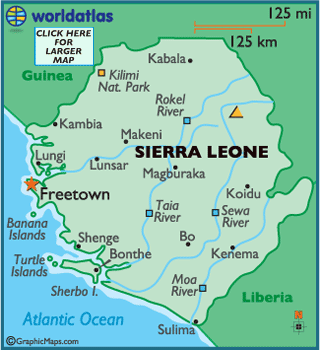Two hurricanes at the end of October
last year struck heavily populated areas in the United States and India,
causing disastrous damage and hundreds of deaths. Hurricane Sandy came ashore on the eastern
coast of the United States and it is described as the largest hurricane ever to
strike North America. This massive
weather pattern covered more than 1/3rd of the continental United
States, reaching from the eastern seaboard well into the midwest state of
Illinois.
In
India at the same time, another hurricane, or strictly speaking a cyclone,
struck the central east coast of the Indian sub-continent. Cyclone Nilam also caused widespread damage
in an area that periodically suffers the onslaught of these massive wind
storms.
Jose
Jacob VU2JOS, reporting from the National Institute of Amateur Radio in
Hyderabad, states that All India Radio on both mediumwave and shortwave
provided special radio coverage during the emergency. He states that AIR Hyderabad with 200 kW on
738 kHz mediumwave and 50 kW on 4800 kHz shortwave provided emergency coverage,
as did Vijayawada with 100 kW on 837 kHz and Vishakhpatnam also with 100 kW on
927 kHz.
Jose
Jacob also states that AIR Chennai operated four mediumwave channels and local
shortwave with their own diesel generators, but the international shortwave
service with 100 kW on 7270 kHz was off the air.
The
New York mediumwave station WINS, with 50 kW on 1010 kHz, was off the air due
to equipment damage and they invited listeners to tune to sister station WCBS
on 101.1 MHz for their storm coverage.
However, as Netnews stated, the emergency programming was heard actually
on station WXRK on 92.3 MHz FM. New
York’s mediumwave giant WNYC was also silenced when the transmitter area was
flooded and the emergency programming was transferred to an FM channel.
Radio
World reported that mediumwave WOR, with studios in New York and transmitter in
a low lying area near Rutherford New Jersey, remained on the air with the usage
of its emergency power generator. The
water floodline came very close to the transmitter building.
Several
new reports tell of the loss of the sailing ship, “Bounty”, a movie replica of
the original HMS “Bounty” of Pitcairn Island fame. The modern replica was around 90 miles out at
sea off the coast of North Carolina.
Seventeen crew members were rescued by Coast Guard helicopter, but the
captain and one crew member were lost when the ship sank.
Robert
Wilkner in Florida reported that he heard several area wide radio stations on
the air with weather reports and emergency updates at the time of Hurricane
Sandy. Some of the stations he heard
were:-
* Bahamas ZNS3 with 1 kW on 810 kHz & ZNS1 with 8 kW on 1540 kHz
with evacuation orders and shelter
information
* Puerto Rico WKAQ with 10 kW on 580 kHz with weather bulletins
* Bahamas communications stations at 3 different locations on 4045 kHz
with weather reports and emergency
storm information
* Key West communication station on 7268 kHz with storm information















